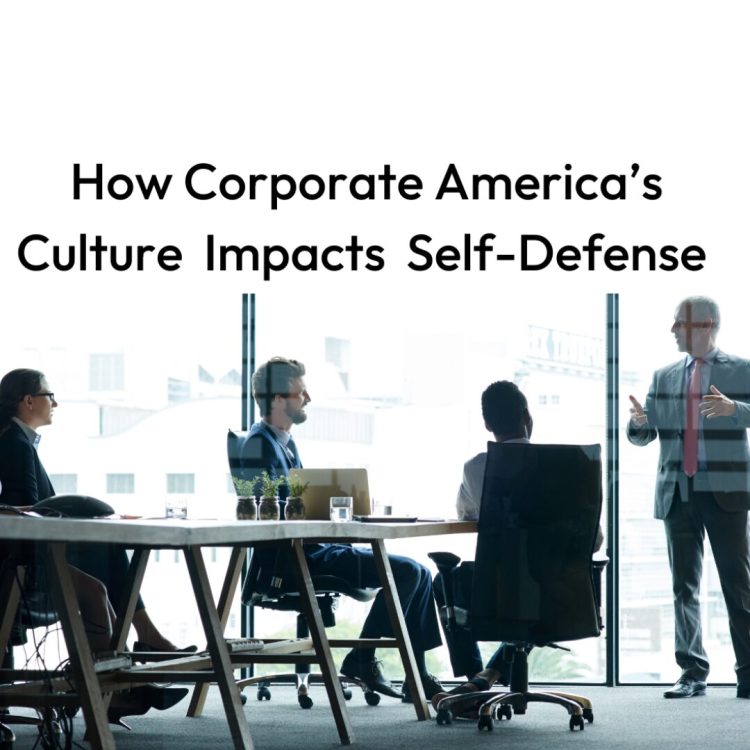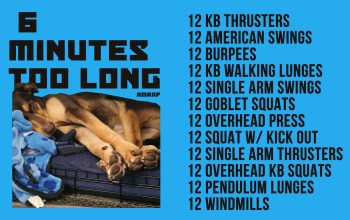Why Silence Isn’t Safety and How to Take Control When It Matters Most
Self-defense training events in large corporations in New York have become second nature for me. I’ve led hundreds of such sessions in companies across the United States over the past 15 years. Over time, I’ve learned the ins and outs of “Corporate America”—its culture, its needs, and its desires. Once I understood the gap between what they want and what they’re actually willing to do to achieve it, I was able to find a way to bridge it.
So, what do they really want? The simple answer is that people want to feel capable. They want to feel like they could face their greatest fears head-on, even if it’s only in their imaginations. It’s easy to envision putting a quick fix on deep fears, to think that with a few simple steps, they could make themselves invincible. The reality, however, is that those fears often stay hidden beneath the surface, waiting for the right moment to emerge—when they’re least prepared.
There’s also the matter of physical contact. Many people are conditioned to avoid it at all costs. Whether at work or in their personal lives, they are trained to keep their distance—physically, emotionally, and even socially. For some, if they’re not in a romantic relationship, they don’t even experience physical touch with another human being at all. It’s as if their bodies are disconnected from their sense of safety. And often, this disconnection remains unnoticed until they find themselves in a moment of crisis.
Over the years, I’ve heard countless stories from people at various stages of their lives. Some are CEOs or successful managers, while others work in low-wage jobs, struggling just to get by. But the truth is, they all want the same thing: to feel safe, secure, and in control. The problem is, many don’t realize that true safety requires more than just wishful thinking—it requires action.
One of my recent training sessions really made me rethink how we approach the issue of personal safety. One of the women in the group shared an experience that hit home for me. She told us about a time when, after work, she was traveling home on the subway in New York City. A man, a complete stranger, trapped her in an elevator. Once the doors opened, he followed her out and stood uncomfortably close to her on the platform. She was completely paralyzed with fear. She couldn’t move. She couldn’t think. She was overwhelmed.
When I asked her what she did to protect herself, she paused. “I didn’t do anything,” she said quietly. “I was too scared. I didn’t want to make him angry. I didn’t want to escalate the situation.”
I could feel the weight of her words. I understood her fear. Fear has the power to freeze you in your tracks. It can make you question every decision. But what struck me the most was the realization that she hadn’t known what to do. In that moment, she felt like she had no options, no way out, no ability to respond.
I asked her, “Why didn’t you say anything? Why didn’t you speak up?” She responded, “I was afraid. I didn’t want him to lash out at me.”
It made me think. The fear of escalation—of making things worse—can be overwhelming, but what if the lack of a response sends a completely different message? What if by staying silent, she inadvertently gave him permission to continue? What if she didn’t realize that in some situations, speaking up is one of the most powerful ways to regain control?
I said to her, “Imagine if, in that moment, you had said, ‘You’re too close. Please step back.’” Not a question, but a statement. A clear request. It’s not about negotiating or pleading. It’s about asserting your space and letting the other person know they are crossing a line.
She seemed to consider this for a moment, then replied, “I don’t know… I still feel like I would have been afraid to make him angry. I didn’t want things to escalate.”
I can understand that hesitation. But I also had to ask: How does that silence affect you now? How do you feel when you think about the incident?
Her face tightened. “I still feel scared,” she admitted. “When I think about it, it feels like it’s still happening. I can’t shake the fear.” This was a powerful realization.
I started thinking about the two key takeaways from this conversation. The first is that she doesn’t believe in her ability to defend herself. She doesn’t trust that, with the right tools and training, she could have handled the situation. That lack of belief is what kept her frozen in fear. It’s what made her feel powerless.
The second realization was harder to swallow. It’s the idea that sometimes, there’s no perfect solution. Sometimes, you have to choose between options that aren’t ideal. And in certain situations, whether physical or verbal, conflict is unavoidable. The choice isn’t about avoiding it at all costs—it’s about how you respond when it happens.
She, like so many others, was hoping there was a quick fix, an ideal solution that wouldn’t require her to get “her hands dirty,” so to speak. But the truth is, life doesn’t always work that way. Sometimes, you can’t avoid a confrontation. Whether it’s a verbal exchange or something more physical, there are moments when you need to step up and take action. Silence and passivity won’t help you in those moments.
At this point, I shared with her some of the stories of other women I’ve trained. Women who, in similar situations, had to act fast to protect themselves. When I told her these stories, her first question was, “How long did they train before something like that happened?” She was looking for a quick answer, a simple formula. How many hours of training does it take to feel safe? How many hours of training does it take to respond correctly in a high-stress situation?
The truth is, there is no simple answer. Every situation is different. Every person reacts in their own unique way. The work required is not just about physical techniques—it’s about mental preparedness, about understanding that there is no one-size-fits-all solution. There’s no magic number of hours that guarantees safety. What’s needed is consistent effort, commitment, and a willingness to grow. You must understand that self-defense is not about perfection. It’s about progress. It’s about knowing that, no matter what happens, you have the ability to handle the situation.
That said, the truth is that no one is exempt from difficult, dangerous situations. There’s no such thing as a perfect solution. But if you can accept that, if you can embrace the idea that part of self-defense is learning to respond—even when it feels uncomfortable—you’ll begin to reduce the chances of finding yourself in that kind of situation in the first place.
So, I asked her: “What if you had acted differently in that moment? What if you had been able to speak up, to assert your boundaries?” She paused and thought about it.
I think that’s when it started to click. The key is not to focus on the fact that you didn’t respond perfectly. The key is to learn from it. To ask yourself: What could I have done differently? And more importantly, what can I do moving forward to prepare myself, to make sure I’m ready when the next moment of fear arrives?
Because the truth is, the power to change the situation always lies within you. It’s not about perfection. It’s about knowing that you have the ability to act, to protect yourself, and to step into your own strength. The more you train, the more you learn to trust yourself, and the more you’ll be ready to face whatever comes your way.
That, in the end, is the most important lesson of all.
Do something amazing,
Tsahi Shemesh
Founder & CEO
Krav Maga Experts



